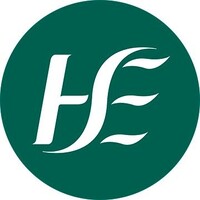
Keralty
Anteriormente Organización Sanitas Internacional, Keralty es un grupo empresarial de valor en salud, con más de 40 años de experiencia conformado por empresas de aseguramiento y prestación de servicios de salud y una red propia hospitalaria y asistencial. También forman parte de Keralty instituciones educativas y empresas con enfoque social que complementan el mundo de salud que ofrecemos al mercado. Nuestra misión es contribuir al desarrollo de los países mediante innovación tecnológica, social, organizacional y atención integrada en salud, mejorando e incrementando el bienestar de las personas a lo largo de su vida, a la vez que generamos empleo, riqueza y calidad de vida a las comunidades en que operamos, favoreciendo el desarrollo regional. Somos un grupo conformado por más de 3 millones de afiliados, más de 13.000 médicos adscritos y presente en más de 7 países, que vela por el cuidado de sus usuarios, manteniendo su salud, identificando y gestionando el riesgo y la enfermedad. Somos líderes en servicios integrales de salud en los países donde estamos presentes, para ser reconocidos por nuestro enfoque humano, científico, técnico y ético.






